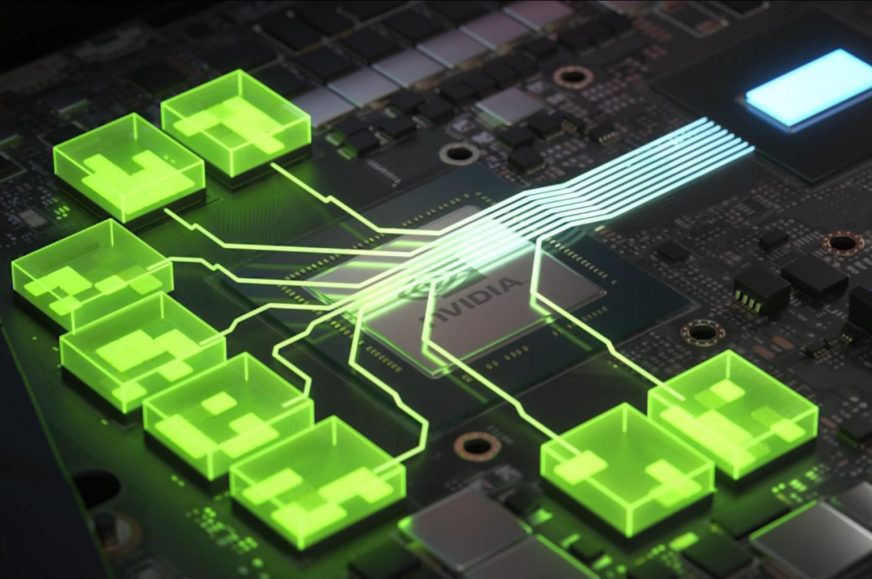PCIe Resizable BAR (Smart Access Memory) now in GeForce GPUs
With Radeon RX 6000 GPUs and Ryzen 5000 CPUs, AMD unveiled the Smart Access Memory feature, which improves GPU performance by giving the CPU access to whole graphic memory. It was touted as an exclusive feature for these products, but it won’t be in the end. Nvidia has now announced PCIe Resizable BAR, essentialy the same feature, and it’s soon going to be supported by GeForce RTX 3060. Older cards will need a BIOS updat, though.
News that Nvidia started working on its own alternative to Smart Access Memory appeared relatively soon after the new Radeon release. As early as mid-November, Nvidia made a statement that it plans to add such a feature to GeForce graphics. This is made possible by Smart Access Memory being based on a standard function of the PCI Express interface, Resizable BAR. This functionality provides the mean by which the processor can extend the range of graphics memory it can see and access from the default small window to full capacity.
At that time, it was not yet clear how much time it would it take Nvidia to develop and test this feature, and when it would be possible to start using this alternative feature on GeForce cards. Now, during CES 2021, Nvidia has revealed that it’s actually coming quite soon and that they will call this feature by its “generic designation”, PCI Express Resizable BAR.
According to Nvidia, this technology will first be launched on notebooks with mobile Ampere graphics GeForce RTX 3000, which should come to market soon. Resizable BAR will be supported in combination with both AMD and Intel processors. However, the notebooks will not be required to use the technology, it will be up to the laptop manufacturers whether they add it and turn it on in the BIOS.
As soon as it is launched, the GeForce RTX 3060 desktop card unveiled last week with the GA106 chip will have this feature as well. Probably around the same time as its release, a driver will be released at the end of February which will support on the software side. GeForce RTX 3060 will have the card firmware ready out of the box, and so should future Ampere cards that Nvidia will release afterwards.
Previous GeForce RTX 3000 generation graphics will be supported, but the BIOS needs to be flashed
After this, Nvidia will add support for Resizable BAR to previous Ampere generation graphics cards: GeForce RTX 3090, 3080, 3070 and 3060 Ti. For those, however, it will be more complicated: driver updates will not be enough, you will need to also update the graphics firmware (VBIOS) in order to enable Resizable BAR. These updates will be distributed by card manufacturers and will probably have to be flashed manually (via a utility) by the user. These updates should be released in March.
In addition to the card providing support, you will also need a processor and motherboard that support the feature. In practice this will depend on the motherboard BIOS. We think support for Resizable BAR will be interchangeable with support for AMD Smart Access Memory and a motherboard having the support for one technology will mean simultaneous support for the other alternative.
It looks like quite a few boards/processors should be ready for this in the end, despite AMD originally promising only the Ryzen 5000 for A520/B55/X570 platform motherboards to work. Motherboard manufacturers have already announced or even released BIOS updates that add SAM/Resizable BAR support for the AMD B450/X470 platform (and even Threadripper/TRX40) and for the 10th generation Intel Core processors on the LGA 1200 platform. And support also seems to be coming to the older Intel LGA 1151 platform, at least from some manufacturers and as long as the board is based on H310, B360, H370 or Z390 chipset (MSI plans to enable support on these, for example).

The Resizable BAR function (or Smart Access Memory) will probably soon be able to be considered a part of the basic default performance of graphics cards, instead of it being something that only a minority of users can use, which is a pleasant prospect.
English translation and edit by Lukáš Terényi








